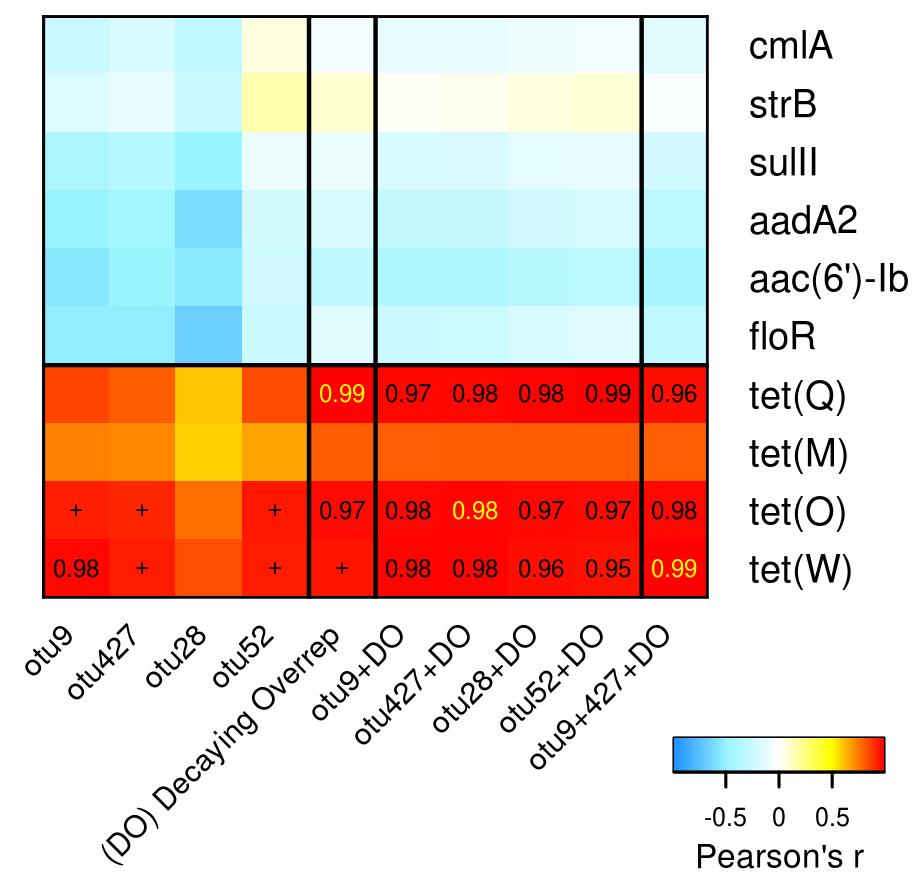Antibiotics are routinely used in modern livestock farming. Since 2003, nearly 3 billion tons of manure from animal husbandry is generated in the China each year. According to the statistics of FAO, 13,962,000 square kilometers consist of arable land (in 2011). The manure from medicated animals is used for the fertilization of most arable crops, which in turn leads to the accumulation of antibiotic resistance genes (ARGs) in the environment. This is a potentially serious public health issue, yet the identities of the bacterial taxa involved in ARG persistence are as yet undetermined.
A team of researchers directed by Dr. FENG Jie at the Institute of Microbiology of Chinese Academy of Sciences (IMCAS), recently using soil–manure microcosm experiments, investigated the relationship between the persistence of diverse ARGs and the dynamics of bacterial community members.
For the first time, the bacterial taxa involved in ARG enrichment in manured soils were identified. They were gut-associated Clostridium species, environmental species of Acinetobacter and Pseudomonas genera. Although most manure-associated bacteria disappeared over the first two weeks of the experiment, a few Clostridium species survived for longer periods and were strongly related to the persistence of some ARGs. Environmental Acinetobacter and Pseudomonas taxa were also involved in ARG enrichment in manure-treated soils. All of them closely related to important nosocomial pathogens. This study provides new clues on the routes by which ARGs may spread from farms to medical clinics.
The study entitled "A multi-player game: species of Clostridium, Acinetobacter, and Pseudomonas are responsible for the persistence of antibiotic resistance genes in manure-treated soils" was published in Environmental Microbiology. http://onlinelibrary.wiley.com/doi/10.1111/1462-2920.13337/abstract;jsessionid=C3F431A9812495C9F45BB9DAAAED905F.f03t02
This work was supported by a grant from the National Key Basic Research Development Plan of China (973 Program) (Grant 2015CB554202).

Figure Calculated Pearson correlation coefficients (r) for the relationships between the dynamics of the 10 persistent antibiotic resistance genes (ARGs) and the dynamics of Clostridiales operational taxonomic units (OTUs) otu9, otu427, otu28, and otu52. DO (decaying OTUs) refers to the pooled dynamics of all OTUs that were significantly enriched in soil+manure (SM) samples compared to soil (S) samples on day 0, but returned to soil abundance levels after 2 months. +, r≥ 0.9, p< 0.05; numerals, r≥ 0.95 and p< 0.01. The highest significant correlation coefficient for each ARG is identified by yellow font. (Image by FENG’s group)
Key words: ARG Persistence, Bacteria, Manured Soil
Contact: Prof. FENG Jie
CAS State Key Laboratory of Microbial Resources
E-mail: fengj@im.ac.cn